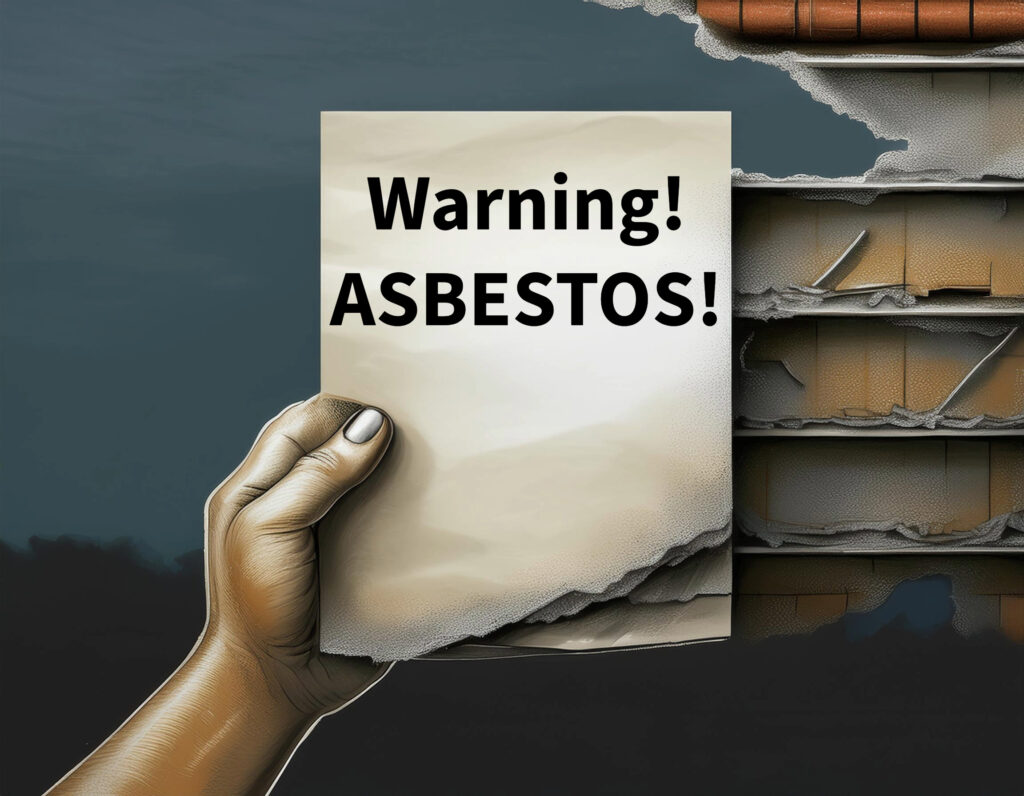Owning and managing rental properties comes with various responsibilities and challenges. One issue that’s of paramount concern is asbestos management, a problem that can affect both older and some newer properties. This guide will detail everything landlords need to know about asbestos removal, including legal responsibilities and communication with tenants.

Understanding Asbestos
Asbestos is a group of naturally occurring fibrous minerals used for their durability and fire resistance. Though once popular in building materials, it’s now known to cause health problems, including lung diseases.
Identifying Asbestos in Rental Properties
Asbestos Testing
Before diving into the removal of asbestos, it is vital to determine if your property contains this material. Engaging in professional asbestos testing is the first step in assessing whether your rental property might be affected.
Inspection
Regular inspections are recommended, especially in older properties where asbestos might have been used. Look for deteriorating materials like insulation, floor tiles, or cement products. If in doubt, call an expert to conduct asbestos testing.

Legal Responsibilities
Asbestos Abatement
The process of asbestos removal, known as asbestos abatement, must follow strict regulations. Landlords are legally obligated to ensure that any asbestos removal in rental properties is handled by licensed professionals. Cutting corners could result in severe penalties.
Asbestos Disposal
Proper disposal of asbestos is essential in complying with local and federal regulations. There is a specific protocol for asbestos disposal that minimizes risks to human health and the environment. Failure to adhere to these rules can lead to fines and legal action.
Tenant Communication
Informing Tenants
Transparency is key when it comes to asbestos removal. Tenants should be informed well in advance about the planned procedures, schedules, and any potential risks.

Providing Alternative Accommodation
During major asbestos abatement, it might be necessary to temporarily relocate tenants. Discussing this possibility in advance and offering appropriate alternatives can help maintain a good relationship with your tenants.
Conclusion
Handling asbestos removal in rental properties is a serious and complex task. Landlords must be aware of their legal responsibilities in terms of asbestos testing, asbestos abatement, and the proper disposal of asbestos.
Fostering open communication with tenants throughout the process is equally important. This can help in minimizing disruptions and maintaining tenant satisfaction.
By adhering to the proper procedures for the removal of asbestos, landlords can ensure that their properties are safe, compliant, and attractive to potential renters. Always seek professional guidance if you are unsure of the best way to proceed with asbestos-related issues in your rental properties.
Disclaimer: This blog post is intended as a general guide and should not replace legal or professional advice tailored to your specific situation. Always consult with an expert in your jurisdiction to ensure compliance with all relevant laws and regulations.
If you are in doubt does your home or property has asbestos-containing materials and want to find out, do not hesitate to reach out to our experienced team of professionals today on: 0475 143 106 or email us on: asbestosgoneandclean@gmail.com for safe, expert asbestos removal services you can trust!

